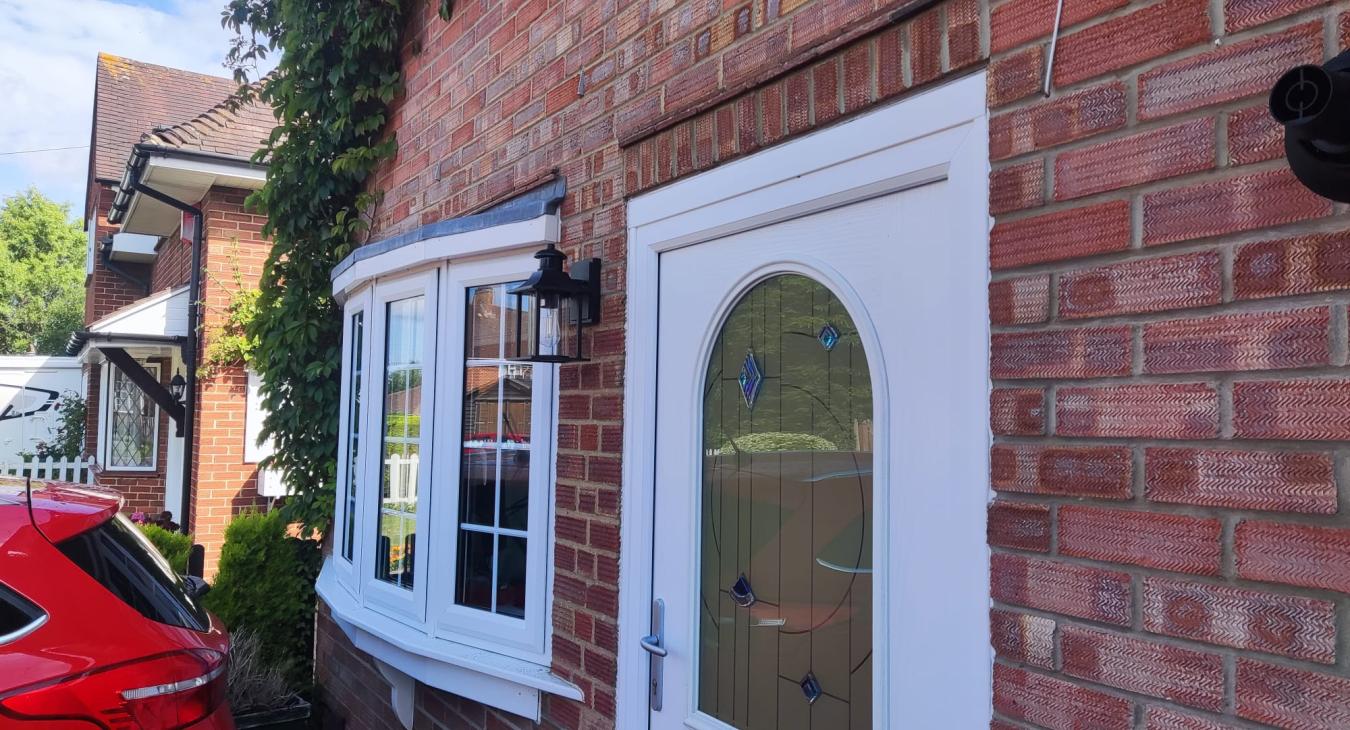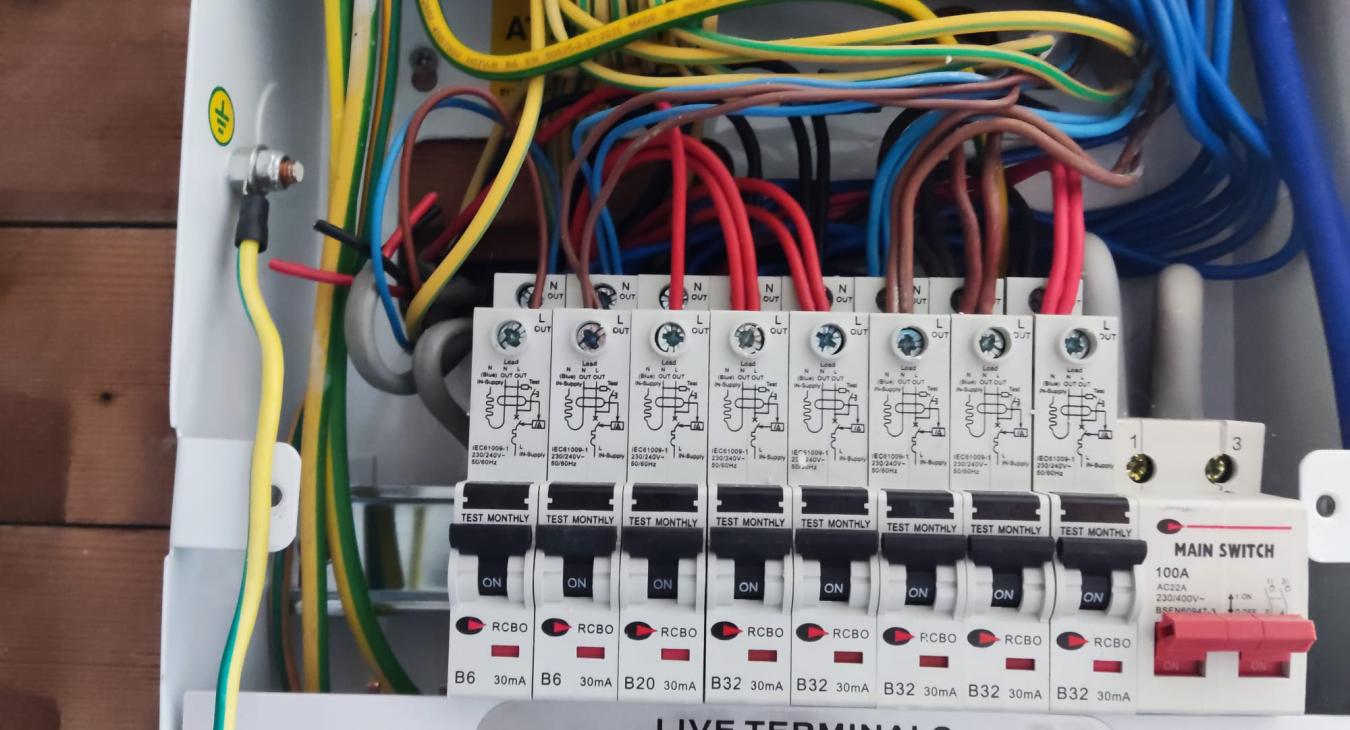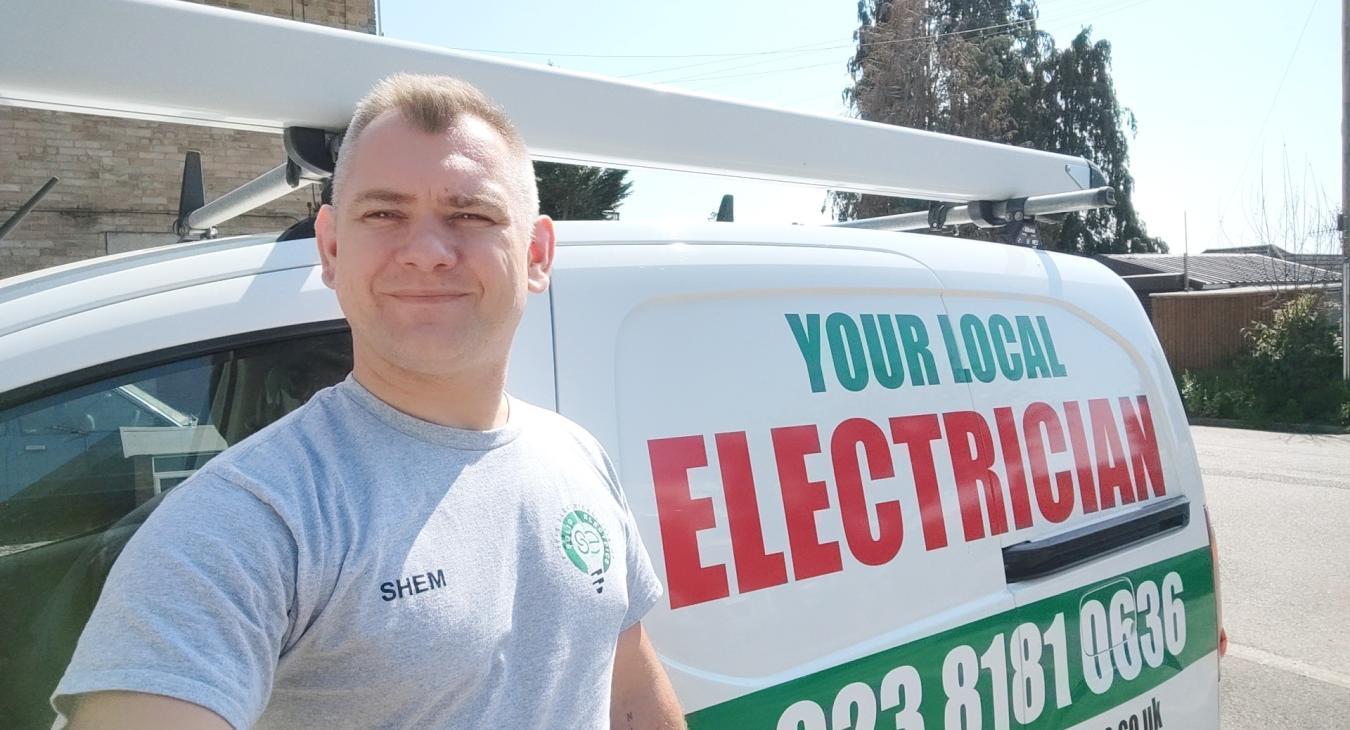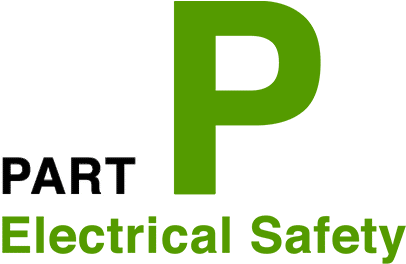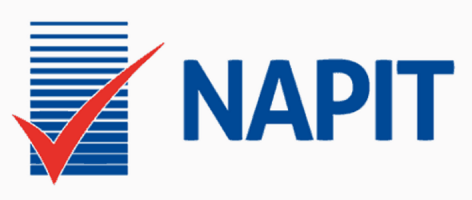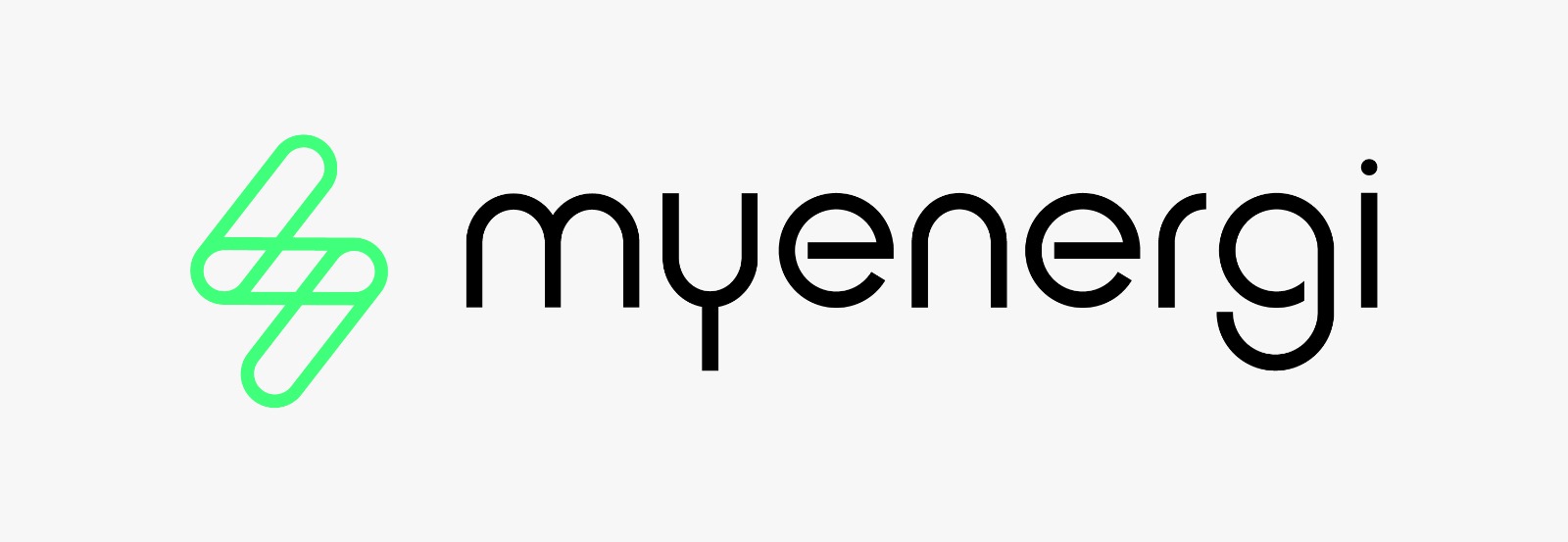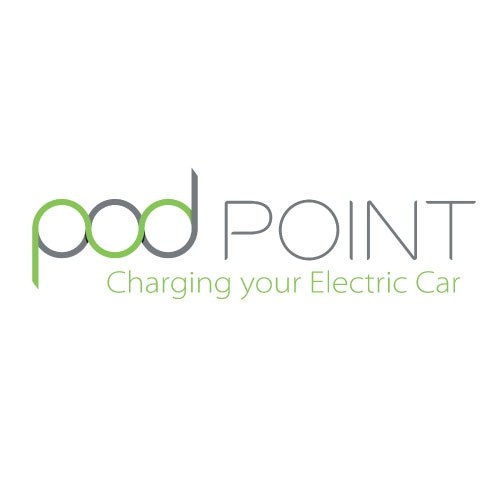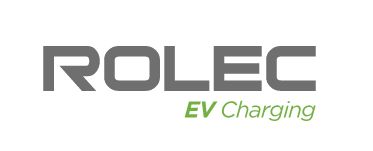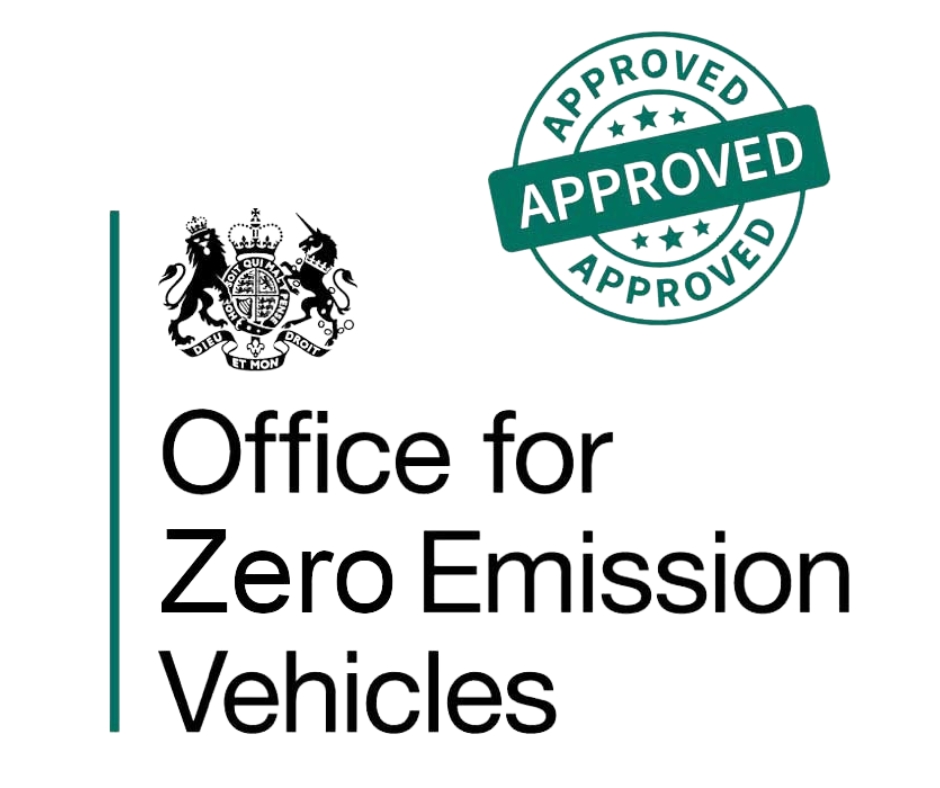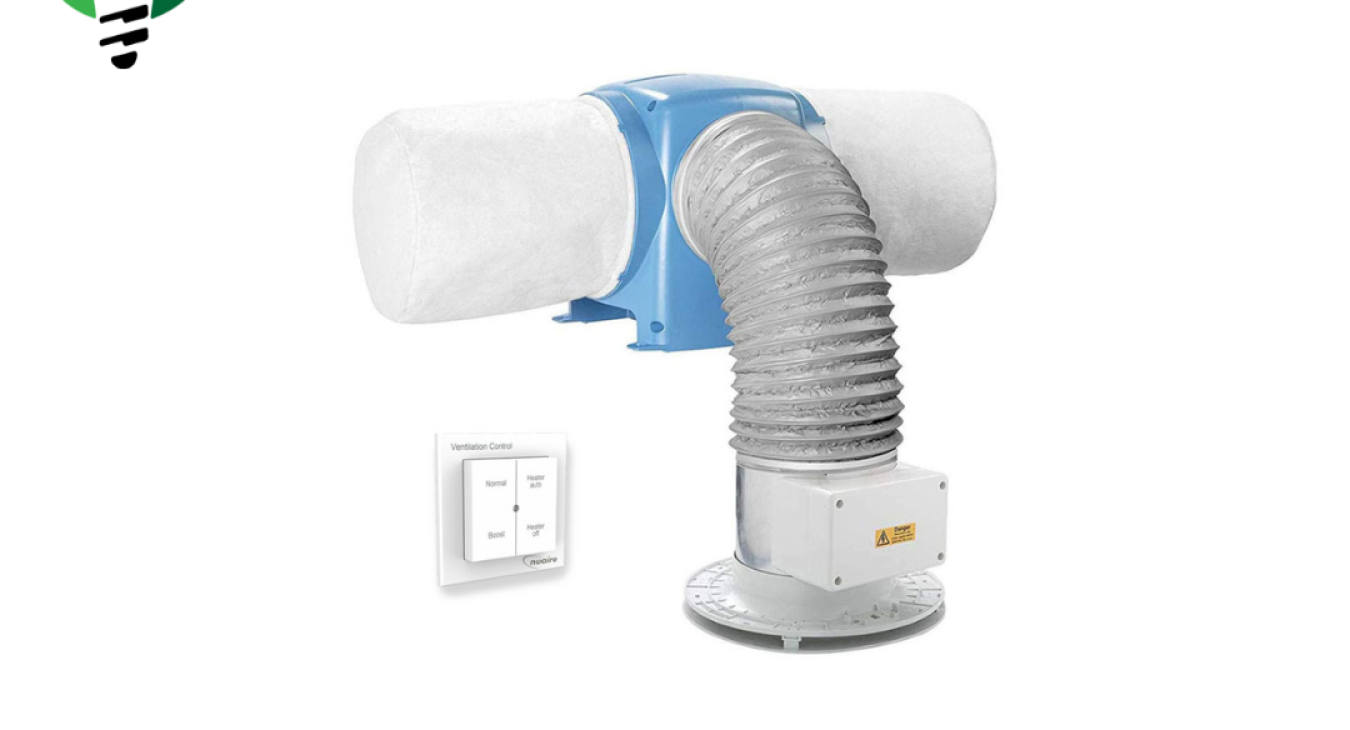
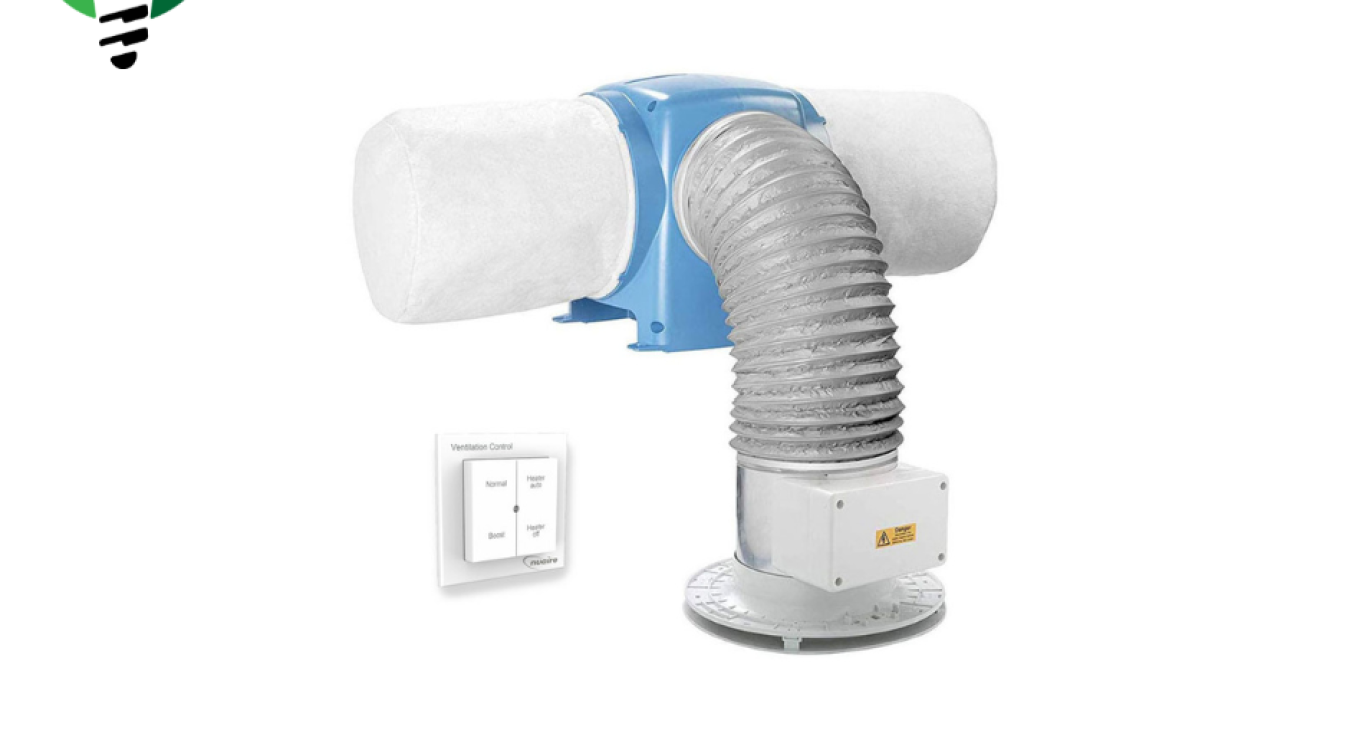
As temperatures rise, so does the need for effective and efficient home ventilation. Positive Input Ventilation (PIV) systems are often misunderstood, especially regarding their utility during the warmer months.
What is Positive Input Ventilation (PIV)? Positive Input Ventilation (PIV) is a whole-house ventilation system designed to supply fresh, filtered air into a home continuously. This system works by drawing in external air, filtering it, and then distributing it evenly throughout the house to displace stale, humid air.
Misconceptions About PIV in Warm Weather
Misconception 1: PIV is only effective in cold climates. Many believe that PIV systems are only beneficial in cold climates where heating and insulation are priorities. However, these systems are equally effective in managing indoor air quality during warm months by reducing humidity and pollutants.
Misconception 2: PIV increases indoor temperature during summer. A common myth is that PIV systems warm the house in summer by pumping in "hot" air from outside. In reality, PIV systems filter and often slightly cool the air before it enters the living space, helping to maintain a comfortable indoor environment.
How PIV Works in Warm Months During the warmer months, PIV systems help control the indoor climate by replacing hot, stale air with cooler, fresher air during cooler parts of the day, such as nighttime, thus maintaining a more consistent temperature and improving air quality.
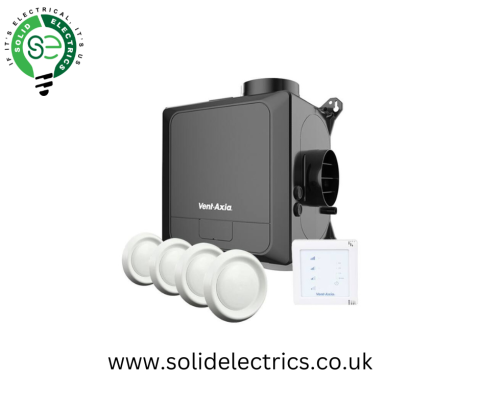
Benefits of Using PIV During Warm Months One of the main benefits of PIV systems in warm weather is their ability to reduce indoor humidity levels. This can prevent mould growth and reduce dampness, which is crucial for maintaining a healthy living environment and protecting the structural integrity of your home.
Installation of PIV Systems Installing a PIV system involves several key steps, including assessing the home's layout, choosing the right system size, and properly installing the unit to ensure optimal performance.
Cost Analysis While the initial setup cost of a PIV system may be higher than that of traditional methods, the long-term savings on energy bills and reduced need for air conditioning can make it a cost-effective investment.
Energy Efficiency of PIV Systems PIV systems are designed to be energy-efficient, often using less energy than conventional air conditioning units. They work to reduce the load on HVAC systems by maintaining a stable indoor environment.
User Experiences and Case Studies Through residential and commercial case studies, users report significant air quality and comfort improvements after installing PIV systems, even during the hottest months.
Expert Opinions Experts in HVAC and indoor air quality emphasize the effectiveness of PIV systems in maintaining healthy indoor environments without excessive energy use, highlighting their suitability for warm climates.
Challenges and Solutions Despite their benefits, PIV systems can encounter issues such as noise or uneven air distribution. However, these can be effectively managed with proper installation and maintenance.
Future of Ventilation Technology With ongoing technological advances, PIV systems are expected to become even more efficient and integrated with smart home systems, providing users with enhanced control over their indoor environments.
PIV systems are a versatile and efficient solution for maintaining indoor air quality and comfort year-round, including during the warm months. Deposing myths and understanding the benefits allows homeowners to make informed decisions about their ventilation needs.
FAQs
- How does a PIV system reduce humidity?
- Can PIV systems be used with existing HVAC systems?
- What is the average lifespan of a PIV system?
- Are there any health benefits to using a PIV system during summer?
- How does the cost of running a PIV compare to traditional air conditioning?

